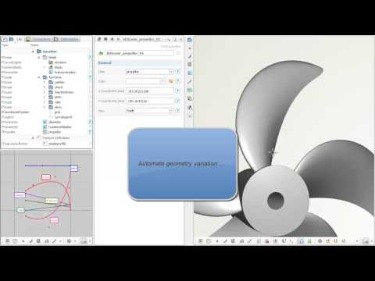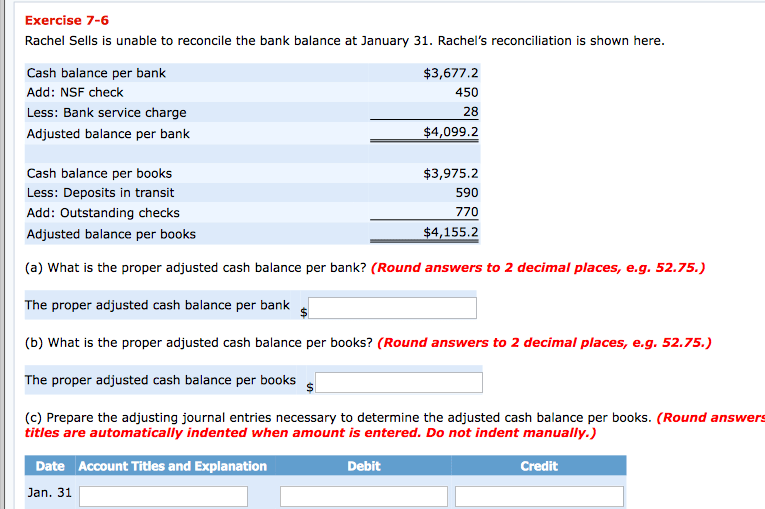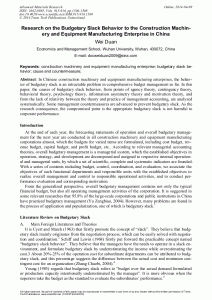
Also, explore a step-by-step approach to harness the software’s power effectively. According to Global Newswire, the accounting software market is expected to reach a value of £37 billion by 2028, at a CAGR of more than 19.4% over the forecast period of 2022–2028. So, if you want to organise debits and credits in accounting your finance or optimise your accounting practices, investing in learning QuickBooks can benefit you. This is the first thing you’ll see when you log into your QuickBooks account online, and it’s from the dashboard that you can navigate to everything you’ll ever need as a QuickBooks user.
What is the difference between QuickBooks and QuickBooks Online?
We rate QuickBooks Payroll highly and it will appear as the “Payroll” tab on your dashboard if you use it. Want to create a chart for a common metric like revenue or expenses over time? QuickBooks Payroll starts at $45 a month plus $6 per employee paid per month, and new users can choose between a 30-day free trial or 50% off discount just as they can with QuickBooks Online. While QuickBooks Self-Employed is a passable income-tracking and invoicing app for the self-employed, it’s pricier than other freelance-friendly accounting tools like Wave Accounting and Xero. All you have to do to use QuickBooks is create your company file. You can then set up your customers, vendors, items, and financial accounts.
Create a custom chart from scratch
Whether you’re a new user or a pro, get your questions answered with one of our free, live webinars. To get the most from our free QuickBooks tutorials, we recommend following along in your QuickBooks Online account (if you already have one) and completing the tutorials https://www.accountingcoaching.online/depreciation-rate/ in the order they are presented. About half of the tutorials have an average runtime of 5 minutes or less, and the longest is slightly less than 14 minutes long. Most QuickBooks Online tutorials include a video where we demonstrate the concepts presented in each course.
- Zoho’s pricier plans include advanced features like sales and purchase orders, recurring bill payments, a collaborative vendor portal and enhanced metrics.
- Intuit QuickBooks Online’s powerful, cloud-based accounting solution helps businesses of all sizes manage their finances.
- Get in-depth insights on its usability, features, customer service, and pricing.
How to Start a Business in Hawaii: Clear Guide
As with time, these billable expenses will be available to add to the customer’s next invoice. You don’t need the payroll add-on to track employee time for billing purposes. You need at least the https://www.wave-accounting.net/ QuickBooks Online Essentials plan to track billable hours and the Plus subscription to track billable expenses. Businesses can use QuickBooks to automate invoicing, payments, and accounting.

The QuickBooks product line includes several solutions to support different business needs, including QuickBooks Online, QuickBooks Desktop, QuickBooks Payroll, QuickBooks Time, and QuickBooks Checking. QuickBooks offers more — and better — reports than nearly any other accounting software provider. With the Simple Start plan, QuickBooks’ software will generate cash flow statements, income statements and balance sheets. Users can also use it to create customized tags and reports that help you hone in on specific income and expense trends and up your business’s cash flow.
Account Information
Common file types are accepted, including MS Excel and CSV files. Like QuickBooks Online, FreshBooks excels at offering professional, customizable invoices that are easy to draw up both online and via the mobile accounting app. Its well-organized dashboard includes a client portal business owners can use to collaborate with their customers on generating quotes, approving estimates, creating invoices and accepting payments. QuickBooks Online’s two higher-tier plans include basic inventory management. While QuickBooks’ inventory management software isn’t the most advanced inventory option out there, it’s perfectly functional. Plus, Quickbooks’ thorough integration library ensures users can find inventory tracking software that both meets their needs and integrates with their accounting software.

After this lesson, you’ll be able to set up employees in QuickBooks, enter and run payroll, pay employees by direct deposit or check, and reconcile your payroll taxes. QuickBooks allows you to enter new bills and expenses and keep track of them automatically by connecting your bank and credit card accounts to the platform. By doing so, all your expenses are downloaded and categorized automatically. This is not just a time-saving alternative to receipts and spreadsheets.
Payroll is an area that you don’t want to skimp on and try to do manually. Mistakes made in calculating paychecks can result in steep penalties and unhappy employees. QuickBooks has its own payroll function that can automatically calculate and run payroll as often as you need.
Currently, QuickBooks is offering two different specials; you can either try it free for 30 days or sign up and get a 50% discount on your first three months. As a business owner, you know how important it is to manage a regular positive cash flow. QuickBooks Payments makes it easier for you to accept online payments when you send invoices from within the app.
All QuickBooks Online plans come with a 30-day free trial—or you can sign up right away and receive a 50% discount for three months. If you’re using QuickBooks Online, you or your accountant can easily transfer all the needed tax information through a tax preparation program like TurboTax. Bookkeepers and accounting professionals using QuickBooks Accountant can simplify tax preparation through ProConnect, a professional tax management solution. By managing all of your cash inflow and outflow activities in QuickBooks, you can print financial statements that provide useful information about how your business is performing. Lenders often require financial statements when you apply for a small business loan or line of credit.